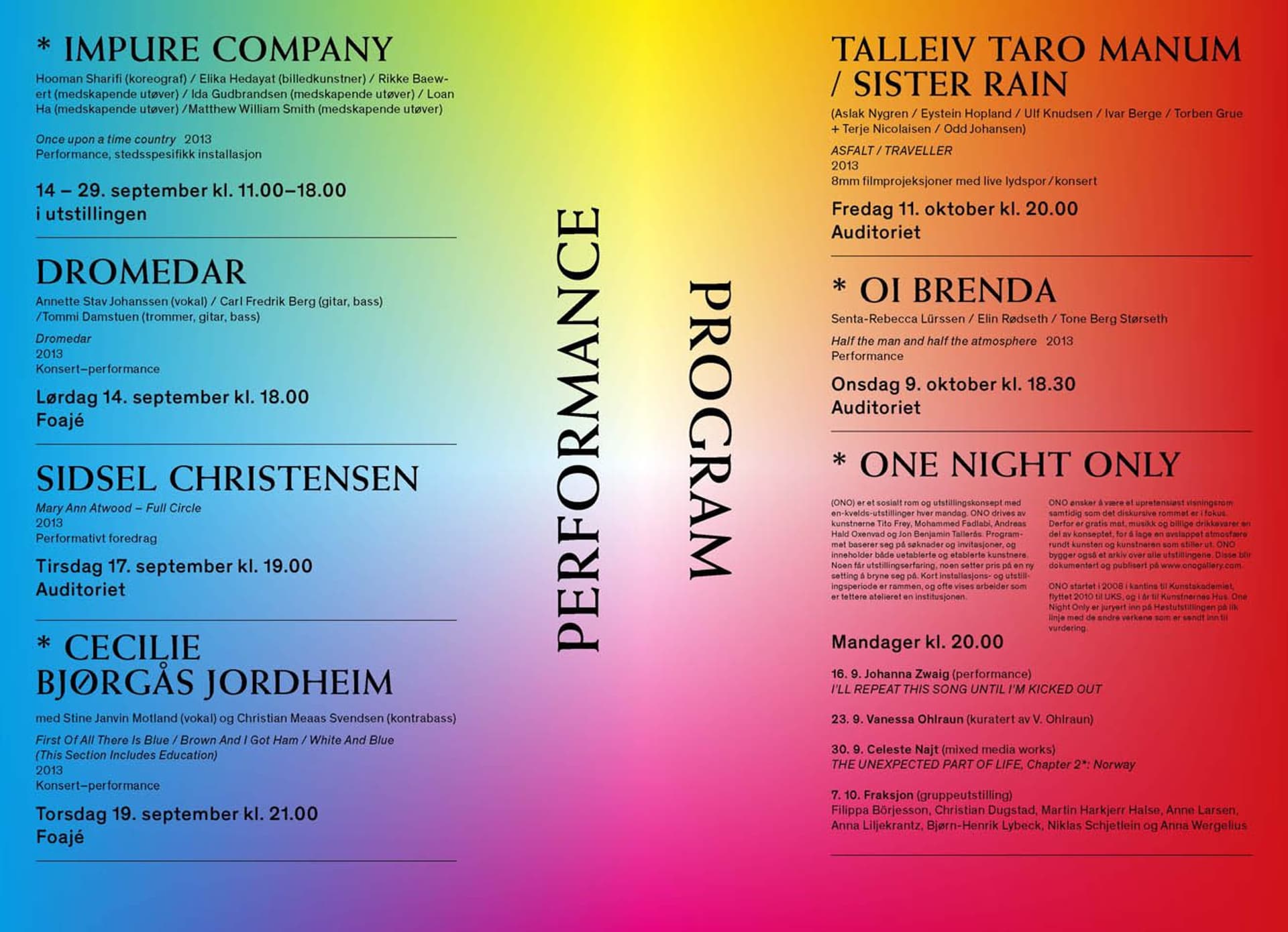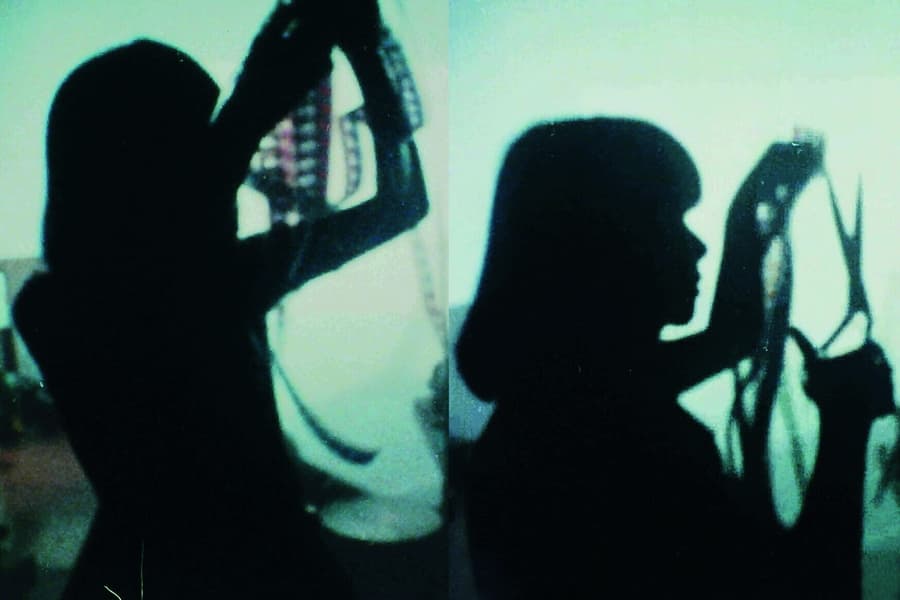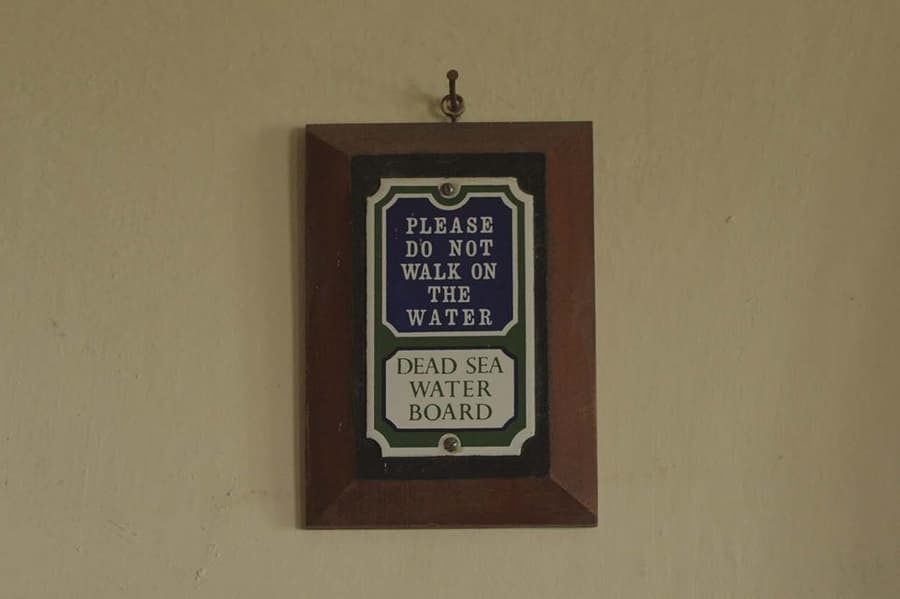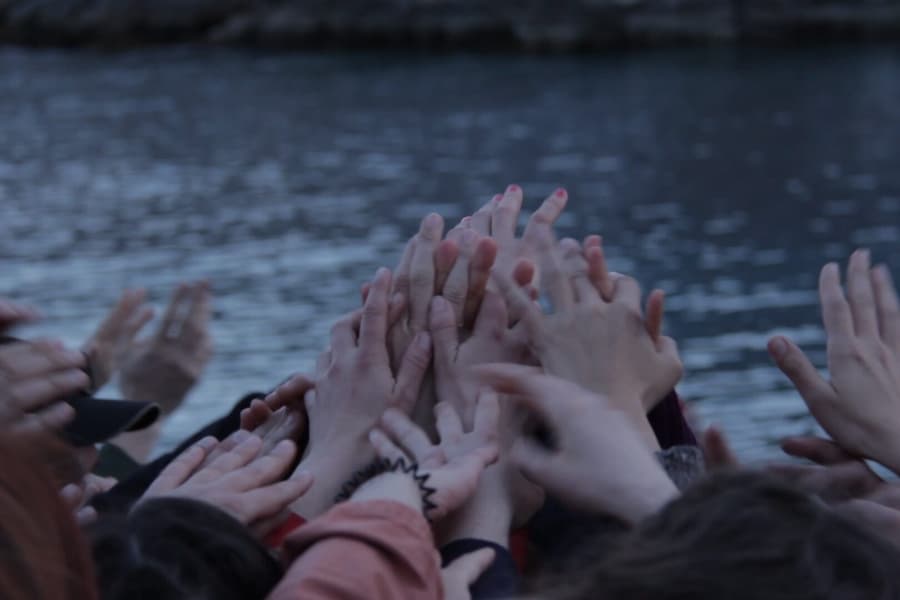Statens 126. Kunstutstilling

Statens Kunstutstilling is the most visited annual exhibition in Norway, and it is thus an important arena for Norwegian contemporary art seen from a societal perspective. Communicating art to children and young people through school visits is an important task for the exhibition. This year, the exhibition's video program will also be shown in collaboration with Norwegian Art Associations in selected art associations around the country.
- Nils Olav Bøe, Jury leader
Høstutstillingen is Norway's oldest artist-run arena for contemporary art, and was first organized in 1882. It is the origin of the artists' trade association in Norway, today Norske Billedkunstnere (NBK). As an annual national art gathering, the exhibition has been supported by the state since 1884, but run by the artists themselves according to the principle of peer review. NBK organizes Høstutstillingen as a juried exhibition at Kunstnernes Hus - where it has had a permanent residence since it opened in 1930.
See Høstutstillingens own website and program for the exhibition period:
The National Jury 2013 (DNJ)
Nils Olav Bøe (juryleder)
Stefan Schröder
Gunvor Nervold Antonsen
Shwan Dler Qaradaki
Kjetil Kausland
Giske Sigmundstad
Performance program
This year's Høstutstillingen shows 6 performances in the period 14 September - 13 October.
During the day, there is a performance every day in the exhibition from 11.00–18.00 in the first two weeks of the exhibition. In the evening there are performances and concerts in the foyer and auditorium at Kunstnernes Hus. All evening events are free to the public.
Tuested 17. September 19.00
Sidsel Christensen
Mary Anne Atwood – Full Circle
Performance lecture
Auditorium
Mary Anne Atwood – Full Circle is based on the life story and work of Mary Anne Atwood, a female Hermetic philosopher who lived in England in the 19th century. Christensen tells a universal story about creative and more destructive forces in an artist's work, but which is also a specific gender political narrative.
At a young age and as an unmarried woman, Atwood produced the manuscript 'A Suggestive Inquiry into the Hermetic Mystery – With a dissertation on the more celebrated of the alchemical philosophers – Being an attempt towards the recovery of the ancient experiment of nature'. Shortly after the book was sent to print, she suddenly recalled the entire production and burned the books. Shortly afterwards she was married to a priest, and never produced anything again.
Christensen uses the lecture format as a framework. She goes through Atwood's life story and explains the work she produced, and later herself destroyed. Along the way, the speaker's role changes, with Christensen using a more poetic and bodily approach via direct interaction with the objects in the installation.
Thursday 19. September 21.00
Cecilie Bjørgås Jordheim
with Stine Janvin Motland (vocals) and Jo Fougner Skaansar (double bass)
First Of All There Is Blue / Brown And I Got Ham / White And Blue (This Section Includes Education)
Concert performance
Foyer
The project is based on the first paragraph in Paul Auster’s novella Ghosts. The composition consists of 3 short movements. The first movement is the original text straight from the book, the two following movements are versions of the paragraph that has been trough Google Translate so many times that the text is altered into strange sentences and meanings. The composition was done by isolating the letters C, D, E, F, G, A, B in the text and using them in a notational system to indicate pitch. The absence of the characters in between the chosen letters indicate the durations/note values.
The project was initiated by Canadian poet Derek Beaulieu and In Edit Mode Press in Malmö, Sweden and is entitled Local Colour : Ghosts, variations. The collection takes as its point of departure Paul Auster’s novella Ghosts, and Beaulieu’s reworking of Auster’s text, Local Colour. It invites a number of writers, poets, musicians and artists to contribute with further reworkings, intermedial translations and editing projects exploring various intersections between Auster’s text and Beaulieu’s graphic interpretation. The resulting volume consists of four bound volumes, a series of pamphlets and prints, an audio-CD and a piece of computer software.
14. – 29. September 11.00-18.00
Impure Company
Once upon a time country
Performance, site specific installation in the exhibition
Hooman Sharifi (choreographer) / Elika Hedayat (visual artist) /
Rikke Baewert (co-creative performer) / Ida Gudbrandsen (co-creative performer) /
Loan Ha (co-creative performer) /Matthew William Smith (co-creative performer)
The background for the performance and installation Once upon a time country is the so-called "green revolution" in Iran in 2009, which took place ahead of the presidential election that year. The images from this uprising brought back Hooman Sharifi's forgotten memories of the 1979 Iranian revolution: the smell of burnt car tires and burnt hair, people running, the sound of gunshots, screams and melodious slogans:
“I remember these noises. The first time was when I was around 6, the revolution. I was in the living room; I did not understand anything but I remember my brother jumping over the fence to get home, cutting himself. The second time, was when the war arrived, with bombing, in Tehran. I was in the living room, which was dark and deafening, no, the sound was not only deafening it was also blinding. I did not understand then.”
In Once upon a time country, the artist and the five performers enter into a dialogue with these memories and the idea of "revolution". The performers take possession of the room and make it their own. When the performers are not present, Once upon a time country functions as an installation where the audience can find layer upon layer of traces of actions and thus read the history of the room.


